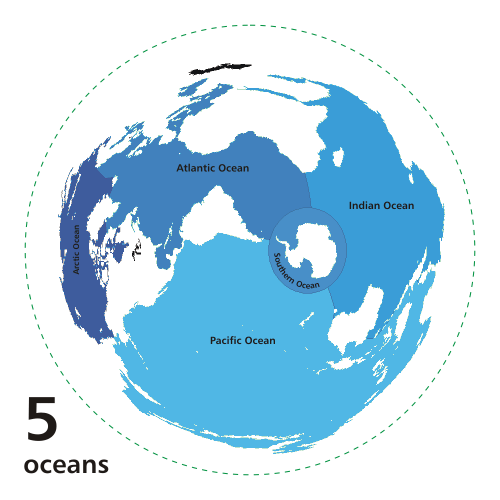
In the scorching deserts of East Africa, the ground is slowly tearing itself apart — a slow-motion, geological drama. Over millions of years, the African continent will cleave in two, and scientists say a new ocean will one day fill the gap.
The Afar region is most famous for being one of the hottest and most inhospitable places on Earth. But for geologists, what’s more interesting is what lies beneath the scorching ground. The Afar sits at the crossroads of three tectonic plates — the Nubian, Somali, and Arabian — which are gradually pulling away from one another. This process, known as rifting, is reshaping the landscape and offering scientists a rare opportunity to study how continents split and oceans are born.
“This is the only place on Earth where you can study how continental rift becomes an oceanic rift,” Christopher Moore, a Ph.D. student at the University of Leeds, who uses satellite radar to monitor the region’s volcanic activity, told NBC.
A Geological Laboratory
The Afar region is home to the East African Rift Valley, a massive crack in the Earth’s surface that stretches through Ethiopia and Kenya. In 2005, a 35-mile-long fissure opened in the Ethiopian desert. It measures more than 50 feet in depth and 65 feet across, according to National Geographic. A rift valley refers to a lowland region where tectonic plates rift, or move apart.
“The violent split was equivalent to several hundred years of tectonic plate movement in just a few days,” said Cynthia Ebinger, a geophysicist at Tulane University who has spent years studying the region.
Ebinger’s research suggests that the rifting process isn’t always smooth. Instead, it can be punctuated by sudden, explosive events. She likens the process to overfilling a balloon: “We’re trying to understand the straw that breaks the camel’s back.”

These events are driven by the buildup of pressure from rising magma, which eventually forces the crust to crack. Over time, these cracks will grow, and the Gulf of Aden and the Red Sea will flood into the rift, creating a new ocean and breaking Africa into two continents: The smaller continent will include present-day Somalia and parts of Kenya, Ethiopia, and Tanzania, while the bigger one will include everything else in Africa.
“A rift like this once eventually separated the African and South American continents to form the Atlantic Ocean, and the rift in east Africa may be the very early stages of this,” said Christy Till, an Arizona State University geologist. “The process just occurs very slowly and takes millions of years.”

A Sixth Ocean
For decades, scientists have studied the African rift, but modern technology has been a game-changer. GPS instruments, for example, allow researchers to measure the movement of tectonic plates with remarkable precision.
“With GPS measurements, you can measure rates of movement down to a few millimeters per year,” said Ken Macdonald, a marine geophysicist and professor emeritus at the University of California, Santa Barbara.

The Arabian plate is moving away from Africa at a rate of about 1 inch per year, while the Nubian and Somali plates are separating more slowly, at half an inch to 0.2 inches annually. These movements may seem insignificant, but over millions of years, they will completely reshape the region.
As the plates pull apart, material from deep within the Earth rises to the surface, forming new oceanic crust. “We can see that oceanic crust is starting to form, because it’s distinctly different from continental crust in its composition and density,” Moore explained.
Scientists estimate it will take at least 5 to 10 million years for the Afar region to be fully submerged. When that happens, the Gulf of Aden and the Red Sea will flood into the rift, creating a new ocean basin and turning the Horn of Africa into its own small continent.
For now, the Afar region remains a harsh and unforgiving landscape. Daytime temperatures often soar to 130 degrees Fahrenheit (54 degrees Celsius), cooling only to a “balmy” 95 degrees (35 degrees Celsius) at night. Yet, for scientists like Ebinger, it’s a natural laboratory that offers unparalleled insights into the forces that shape our planet.
“It has been called Dante’s inferno,” she said. But for those willing to brave the heat, it’s a window into the future of Earth’s geology — a future where Africa is no longer one continent, but two; split by a new ocean.
This article originally appeared in February 2025 and was updated with new information.






